I cannot recall a summer like the one we have had here in Toronto. June was the wettest month I can ever remember until it was followed by one day in July when we got so inundated our city made global headlines. That was followed by wind storms that blew down century-old trees. And now August feels more like the end of September with cool nights followed by windy days. Yes folks, whacky weather seems to be the normal these days.
This week I have picked a whole bunch of new stories to share with you. The first describes how the State of Florida is fighting mosquitoes using drones. The second story is a follow up to NASA’s plans to capture a near-Earth asteroid with 12 candidates identified. The third is about Elon Musk who I call the 21st century Edison. He announced ideas for a pneumatic train called the Hyperloop while his rocket company, SpaceX, announced a successful firing of the Grasshopper with the rocket doing a controlled ascent followed by a lateral move and then a return to the launch pad. The fourth headline is about new materials that can make solar panels even cheaper. And finally, the last story features devices without batteries that draw power from ambient radio waves.
Florida to Use Drones to Eradicate Mosquitoes
Drones have become part of the arsenal in the war against terror and are somewhat controversial. But the Maveric drone (seen below), a product of Condor Aerial, is seen as a powerful helper in the war against the mosquito.It isn’t used to bomb the biting pests. Instead the Maveric is sent out on a search mission to find the pools of water where mosquito larvae thrive. It does this because it is equipped with a shortwave infrared camera that can relay information back to its operator. Then helicopters come in and drop a larvicide (either biological as in a fish that eat the larvae, or chemical) on the discovered sites. At some point Maverics may be equipped not just to search but also to destroy the mosquito breeding grounds. It’s only a matter of time.
12 Near-Earth Asteroids Identified as Candidates for Capture
If NASA and companies like Planetary Resources are serious about capturing or mining asteroids then the first step is to identify candidates. Of the nearly 9,000 known near-Earth asteroids (NEO) which are the ones deemed most suitable? A team of researchers at the University of Strathclyde in Glasgow, Scotland, have written a paper in which they have identified what they describe as 12 Easily Retrievable Objects or ERO asteroids.
By definition these 12 orbit around two Lagrangian points (L1 and L2), about one million kilometers (620,000 miles) from Earth (approximately 2.5 times the distance of the Moon). This means they can be reached by existing space technology whether robotic or human crewed. What we would do upon rendezvousing with any of these 12 depends on who is visiting.
Planetary Resources wants to mine suitable ones for rare minerals and for constructing a space infrastructure. NASA wants to capture one of them and bring it into Earth orbit where it can be more easily studied. In any case these 12 are the tip of the iceberg. There are probably a million NEOs yet to be discovered that are smaller and therefore harder to detect but advances in finding space objects should soon increase the inventory of ERO asteroids that qualify for study.
Elon Musk Keeps Inventing and Advancing
A modern day Edison, Elon Musk continues his efforts to make electric vehicles (EV) the choice of motorists, is building an EV infrastructure throughout North America, and is making Buck Rogers spaceflight in the near future a reality. And if that is not enough, in the last week he has shared his ideas for a high-speed transportation system using pneumatic tubes.
Musk’s idea is not original but neither were many of Edison’s. I have written about a pneumatic high-speed rail concept called the VacTrain in a previous posting. And a New York City inventor demonstrated a prototype in the post-Civil War era.
So what has Musk brought that is new to this concept? Besides the name, Hyperloop, Musk’s pneumatic train would be solar powered and would run on an elevated track encased in a tube resting on telescoping pylons (to deal with settling and earthquakes). The train in the form of many individual pods would travel a continuous loop between two fixed urban points. He proposes Los Angeles and San Francisco.
Each pod would include an electric compressor that would transfer air in front of the vehicle to the rear, creating a cushion upon which it would whisk passengers at speeds exceeding Mach 1. To keep the compressor operating on nominal power the pneumatic tube would be outfitted with linear electric motors approximately every 110 kilometers (70 miles) that would receive energy from solar arrays and battery storage. Read a detailed conceptual paper on the Hyperloop here.
And to make the week even more interesting Musk’s SpaceX showed off the latest test flight of the Grasshopper, a 10-storey, Falcon 9 reusable test rocket that has flown up 325 meters (approximately 1,066 feet) in the air on previous flights. In this latest launch on August 13, the Grasshopper not only flew 25o meters (820 feet) into the air but it also flew horizontally 100 meters (328 feet). Then it returned to its original launch point. The total flight lasted over a minute and with this test SpaceX demonstrated that it is one step closer to delivering a reusable launch vehicle. So kudos to Musk who continues to amaze.
New Material to Make Solar Panels Even Cheaper
A researcher at the University of New South Wales in Australia is lauding a cheap technology that can replace silicon based solar cells, dramatically improving performance and making the technology cost competitive with fossil fuel energy production. The material is a mineral called Perovskite. Currently an electrolytic material for use in solid oxide fuel cells, Perovskite has application in semiconductors. It exhibits permanent polarity within an electric field, a ferroelectric property that makes it highly attractive for use in electronics. And although you have probably never heard of it, the mineral is abundant and cheap.
Solar cells made with Perovskite can be much thinner than silicon-based product. The comparison, 1 micrometer for the former and 180 micrometers for the latter. Current protoypes have been built by spraying the Perovskite in a liquid medium on to a sheet of glass or metal foil. The resulting solar cells demonstrate 15% energy conversion efficiency. Researchers believe they can easily achieve 20 to 25% efficiency equaling the best performance of existing non-commercial lab-based solar technology. A commercial start up, Oxford Photovoltaics has raised $4.4 million U.S. to bring the technology to market.
A down side to Perovskite – the mineral contains a small quantity of lead (see picture below and its eerie resemblance to galena, the mineral form of lead). So like lead-acid batteries, Perovskite solar cells will have to come with some form of a material recycling program.
Mobile Devices Will Soon Be Powered Without Batteries
According to University of Washington engineers ambient backscatter from TV, radio and cellular transmissions presents a new energy source for smart devices with on board antennas attuned to various wavelengths. These devices with no battery will have many commercial applications including warehousing, assembly-line manufacturing, commercial retail and financial transactions. An array of smart sensors fully charged and operational would require no additional power other than what could be harvested out of thin air.
What this discovery means is the potential to construct smart buildings, roadways, bridges and homes, all containing embedded sensors that communicate their structural health continuously. Even devices with batteries could still operate if they contained this technology, leveraging the power from the backscatter.
Postscript
So that’s it for this week. Hope you found the range of subject matter interesting. Please come back for more and let me know if you have found an interesting story that we can research and talk about here at 21st Century Tech.
– Len Rosen
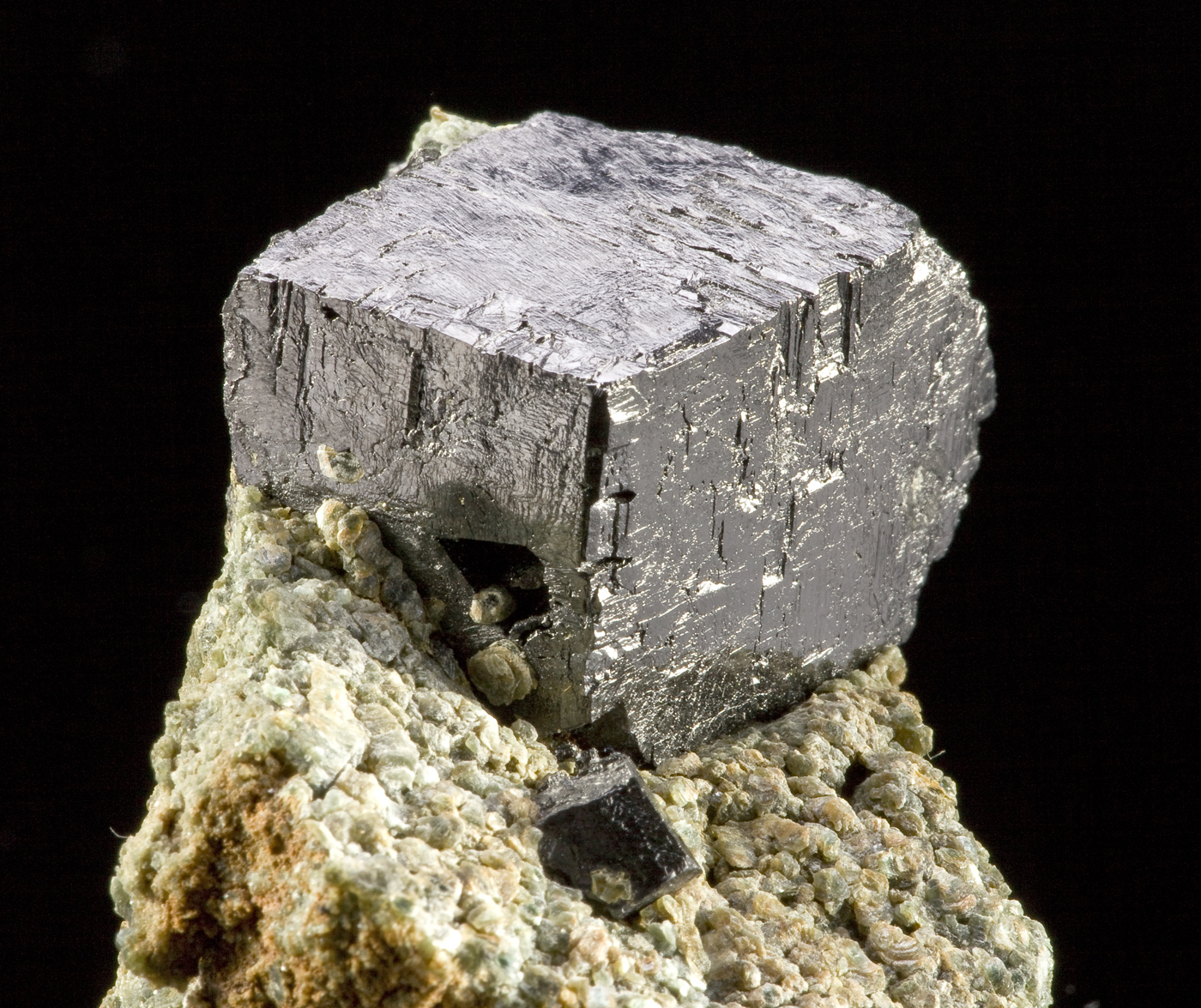

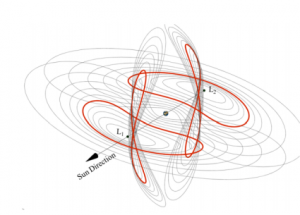
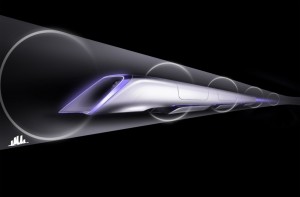
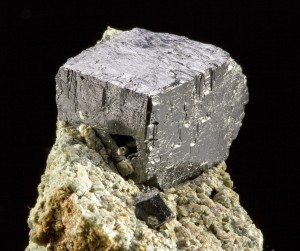
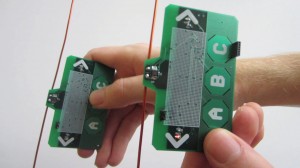









[…] until the last two decades. Back in 2013, I had written a short description in which I called it a cheap alternative to silicon for the manufacture of photovoltaic cells. What was making perovskite interesting to the […]